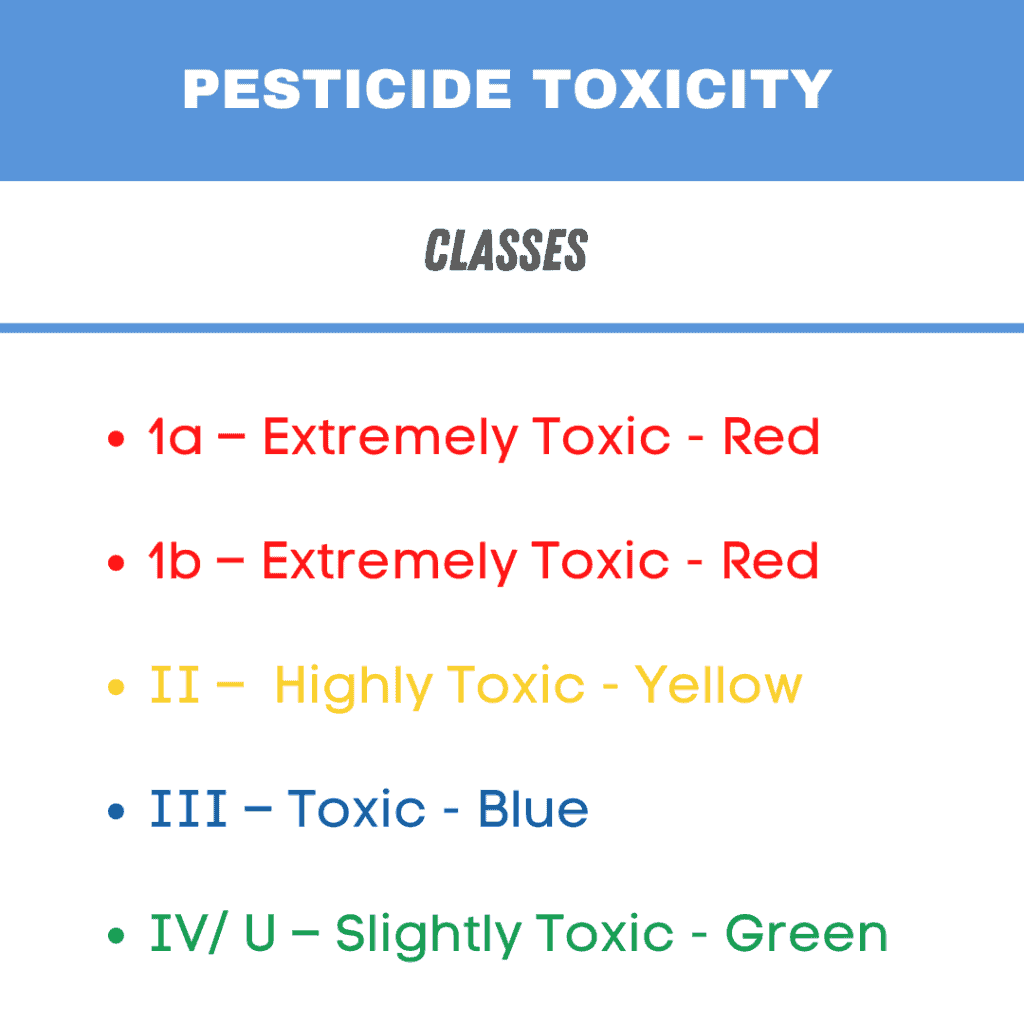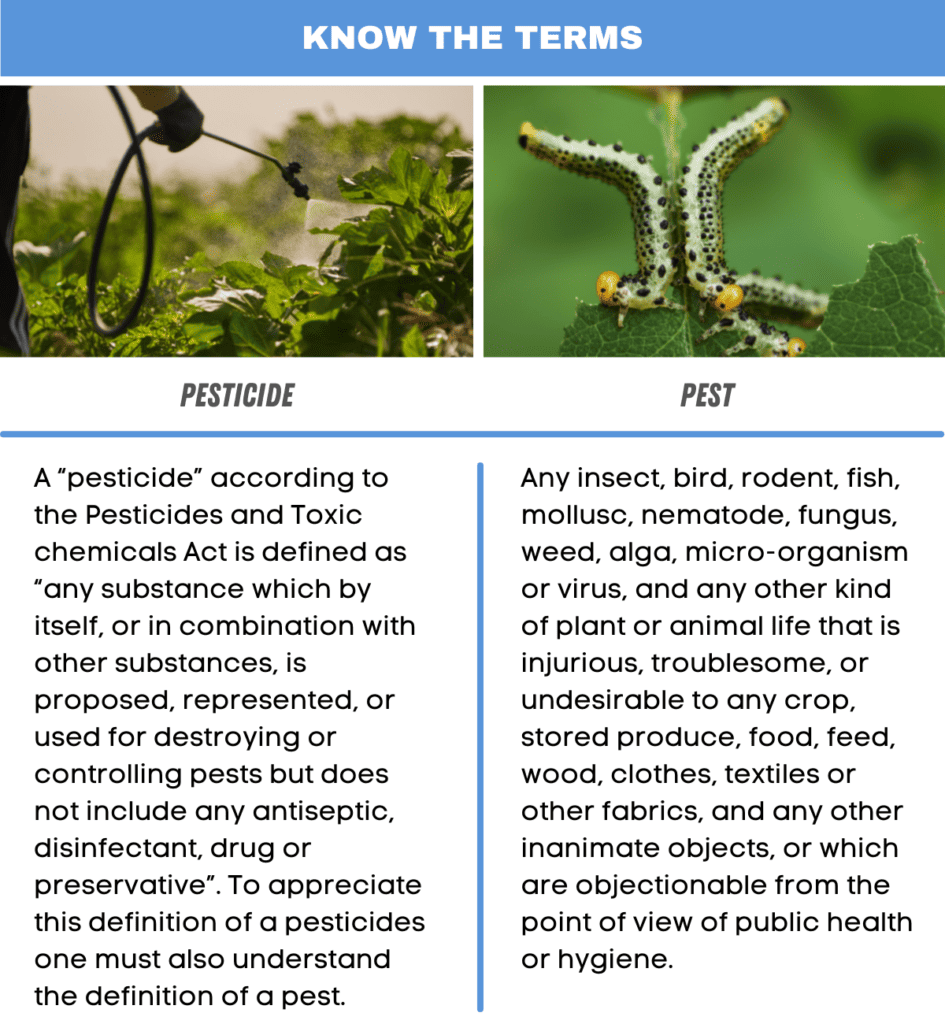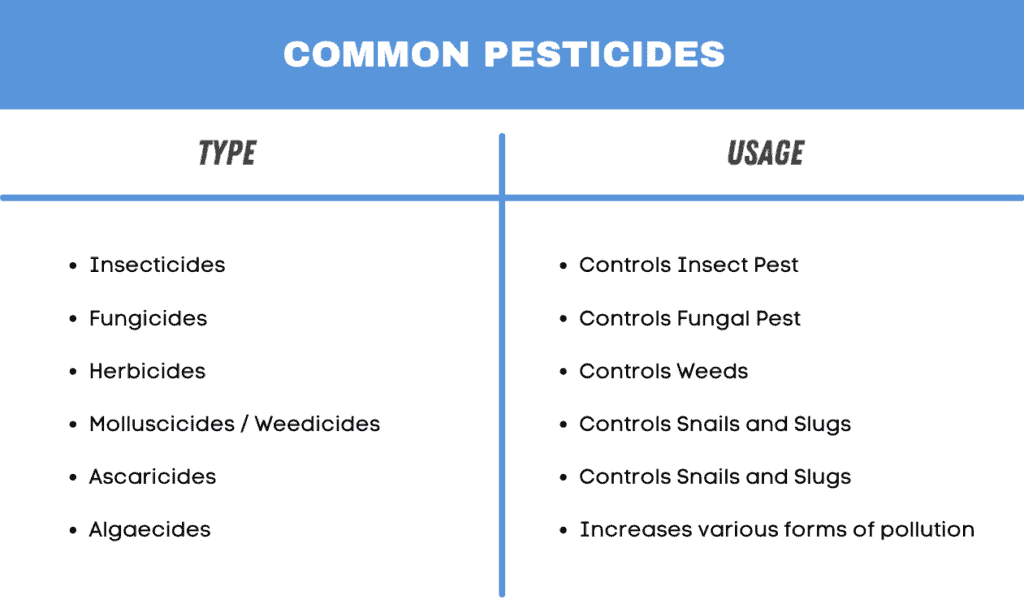Understanding how pesticide usage affects the food you eat is key to making healthier choices for yourself and your loved ones. As the SAFE Food Campaign highlights the significance of accountability in food safety, Cari-Bois News is featuring an interview with Hasmath Ali, Registrar of Pesticides and Toxic Chemicals at the Ministry of Health. Having held this position since 2005, Mr Ali would be among the top local officials to advise consumers on best practices.
In his duties, Mr Ali is responsible for the administration and enforcement of the Pesticides and Toxic Chemicals Act and Regulations. He is also in charge of the Pesticides and Toxic Chemicals Inspectorate and serves as Secretary to the Pesticides and Toxic Chemicals Control Board.
Are pesticides safe?
Pesticides are generally considered unsafe because of the chemical composition and potential adverse impact on human health and the environment. Some pesticides are less toxic than others because of their differences in toxicity. Pesticides are classified into different toxicity groups by the World Health Organization. These are known as ‘Toxicity Classes’.

It is usually recommended that pesticides which belong to the toxicity class IV are better to use because they are “safer”. But this is only true if the pesticide is used in accordance with the manufacturer’s directions and crops are harvested at the specific recommended time after the last treatment of the pesticide. This period is called the Pre-harvest Interval (PHI) and is critical to ensure that pesticide residues are at or below the Maximum Residue Limit (MRL) on the crop at the time of harvest.
Why are pesticides toxic?
A brief answer to that can be found in the word’s definition. The term “pesticide” refers to “any substance which by itself, or in combination with other substances, is proposed, represented, or used for destroying or controlling pests…” A full definition can be seen in the diagram below.

Can improper pesticide use harm human health?
Most pesticides have an acute effect, which can be seen or felt immediately such as burns, blisters, nausea, vomiting and more. Many also have a chronic effect which can lead to organ damage, endocrine disruption or even cancer. It is therefore important that persons adhere to the precautions when using and applying pesticides. This is especially true regarding the use of recommended personal protective equipment (PPE).
Does improper pesticide application also affect the environment?
Some pesticides can also be very harmful to the environment especially and can threaten aquatic life and contaminate waterways if the pesticide is toxic. Birds and pollinators such as bees are also at risk if the pesticide is applied during times when these organisms are foraging. It is important that applicators read the pesticide label thoroughly before applying pesticides and ensure that all the stated precautions are adhered to.
What do people get wrong about pesticides?
The most common misconception people have is that the term “pesticide” refers to insecticides only. However, by definition “pesticide” is a generic term used to encompass all pests control products. There are many different types of frequently used pesticides.

Another common misconception is that pesticides only kill on contact. This is not true as some pesticides also have a systemic mode of action. That is, they continue to be active for a period of time after application. Some of them will kill the pests when they feed on the crop to which the pesticide was applied and can be active in the plant system for as much a fourteen to twenty-one days after application.
How are pesticides regulated in T&T?
Pesticides are regulated under the Pesticides and Toxic Chemicals Act 1979 and Regulations 1987.
The Act is defined as – “An Act to regulate the importation, exportation, storage, manufacture, sale, use and transportation of pesticides and toxic chemicals and to provide for the establishment of the Pesticides and Toxic Chemicals Control Board and for matters incidental thereto”.
The Act provides for the establishment of the Pesticides and Toxic Chemicals Control Board (PTCCB) to oversee the Management and Enforcement of the Pesticides and Toxic Chemicals Act and Regulations in Trinidad and Tobago as well as the Pesticides and Toxic Chemicals Inspectorate which ensures enforcement of the Act and Regulations on a daily basis.
The Pesticides and Toxic Chemicals Control Board, through its National Chemical Review Committee, continues to review “Highly Hazardous Pesticides” with the view of restricting their availability or removing them from registration. The Board has also been ensuring that all of the pesticides listed under Annex III of the Rotterdam Convention on Prior Informed Consent as well as the Stockholm Convention on Persistent Organic Pollutants are removed from registration as the most suitable means of control for these highly hazardous pesticides.
The Board also reviews information provided from its regional and international partners with regards to the banning and restricting of pesticides once such actions are taken.
Can consumers report suspected cases of unsafe pesticide contamination in food?
The Public Health Inspectorate is usually the first agency that should be informed if such activities are suspected. If upon investigation the Inspectorate determines that additional support is required, they will then contact the Chemistry, Food and Drug Division or the Pesticides and Toxic Chemicals Inspectorate for support. If the person committing such an act is a farmer, The National Agriculture Marketing and Development Company (NAMDEVCO) and the Ministry of Agriculture, Lands and Fisheries should also be informed of this activity.
What are common mistakes made in pesticide application?
Firstly, persons tend not to take the time to read the pesticide label thoroughly before opening the package. They tend to miss vital information on safety, mixing, application and use of the pesticide.
Secondly, with regards to the instruments used to measure the pesticide, most persons tend to use eating spoons as a measure. For example, a table spoon may be used to represent 15 mls or a teaspoon to represent 5mls. Due to the vast difference in spoon sizes persons may be applying more or less of a pesticide which can definitely impact on the pest quality of control obtained. Some farmers tend to use alcohol bottles or soft drink bottles to average measurements to mix in a volume of water, usually 55 gallons. This is again a misconception and will account for farmers experiencing different rates of control of a pest while using the same pesticide. This will also account for higher than normal levels of residues of pesticides on crops due to improper mixing rates and methods of application.
Thirdly, the application rate is also misunderstood. When a pesticides rate is recommended for a certain area it means that this is the recommended amount of pesticides that is to be applied in that area irrespective of the amount of water used in the application process. For example, five (5) litres per hectare means that only five (5) litres of the concentrate pesticide should be applied to the hectare of land. The amount of water use to apply the five (5) litres of concentrate will be dependent on the method of application being used.
How can persons keep informed about pesticides and their use in T&T?
Information on the safe use of Pesticides can be obtained through the Extension, Training and Information Services Division of the Ministry of Agriculture, Land and Fisheries. Information is also available on the Ministry of Health’s website, under the Chemistry Food and Drug Division’s Page, where some articles can be found on the safe use of pesticides as well as information on pesticides in general. Additional information can be obtained by calling the Chemistry Food and Drugs Division – Pesticides and Toxic Chemicals Inspectorate at 623-7544 or by emailing cfdd@health.gov.tt.
This article is the fifth in a series of food safety editorials being published under a multi-stakeholder SAFE Food Campaign supported by the IDB Lab.






